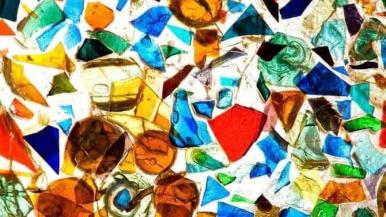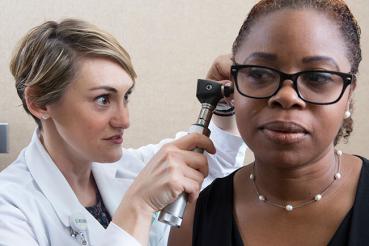You see them almost every day: your tongue, urine, stool and nasal mucus. And you probably don’t think twice about how they look.
But when one of them changes color — and it's not because you ate a purple Popsicle or took a medication noted for bringing Technicolor to your toilet — it's time to see your primary care physician, says Gregory Rauch, MD, an internist at Rush University Medical Center.
Your primary care doctor can often take care of the problem. But sometimes you might need to see a specialist.
Nasal mucus
Healthy color: Colorless
Red flag: Green — sometimes
"It's a myth that the color green always means a bacterial infection," Rauch says.
In fact, he notes, yellow or green mucus doesn't necessarily indicate illness. "Thick white, yellow or green mucus is white blood cells and protein that have become more concentrated," he says. "It could just mean they've been in your nose for a while."
However, if an upper respiratory illness (such as a cold) lasts more than 10 days and you have yellow or green mucus, see your doctor — you might have an infection.
You may be referred to an ear, nose and throat (ENT) doctor.
Tongue
Healthy color: Pink
Red flag: White spots
Of particular concern are smooth, irregular white patches or spots. "If you can't scrape them off, they could be leukoplakia (a mucous membrane disorder)," Rauch says. "Usually these lesions are benign — but they can be cancerous. So get them checked out."
If you have white spots that do scrape off and your tongue is painful, it could be thrush — a type of yeast infection that is often treated with antifungal medications. "Healthy adults don't often get thrush, but if you're on antibiotics or use asthma medicines, you could," Rauch says.
You may be referred to an ENT.
Red is one of the more common colors people see in their urine. It could be caused by lots of things: infection, kidney stones, bladder cancer — even beets.
Urine
Healthy color: Pale yellow
Red flags: Amber, brown, pink or red
"Red is one of the more common colors people see in their urine," Rauch says. "And it could be caused by lots of things: infection, kidney stones, bladder cancer — even beets."
It's also not unusual for people who run a lot — or do other types of strenuous exercise — to occasionally have blood in their urine, he says.
But even if you suspect exercising hard is the cause, always see your doctor about blood in your urine. Off-color urine can also signal an infection (cloudy, amber, pink or red pee) or liver conditions (dark brown pee).
You may be referred to a nephrologist (kidney specialist) or urologist.
Stool
Healthy color: Brown
Red flags: Black or red
Black or red stool can signal bleeding in the gastrointestinal tract. Black suggests the blood's been in there awhile.
"Bright red blood is often hemorrhoids," Rauch says. But red or black stools could be something more serious: an ulcer, exposed blood vessels in your intestines that can sometimes bleed, or diverticular disease — a condition in which small pouches push out through the colon wall.
The bottom line: "If you're pooping blood, see your doctor," he says.
Although people may think red stools mean colon cancer, that's a misconception. "With colon cancer, the blood is usually microscopic, so you won't be able to see it yourself," Rauch says.
You may be referred to a gastroenterologist.
Did you know?
It's not surprising that black licorice can turn stool black. But Pepto Bismol? It's true — bismuth, an ingredient in the hot pink diarrhea remedy, can turn poop black.




